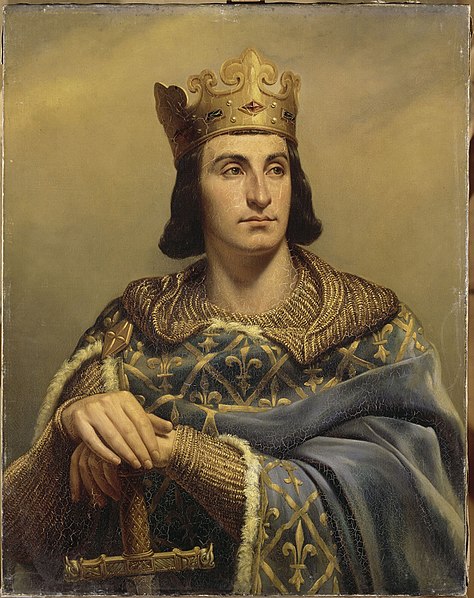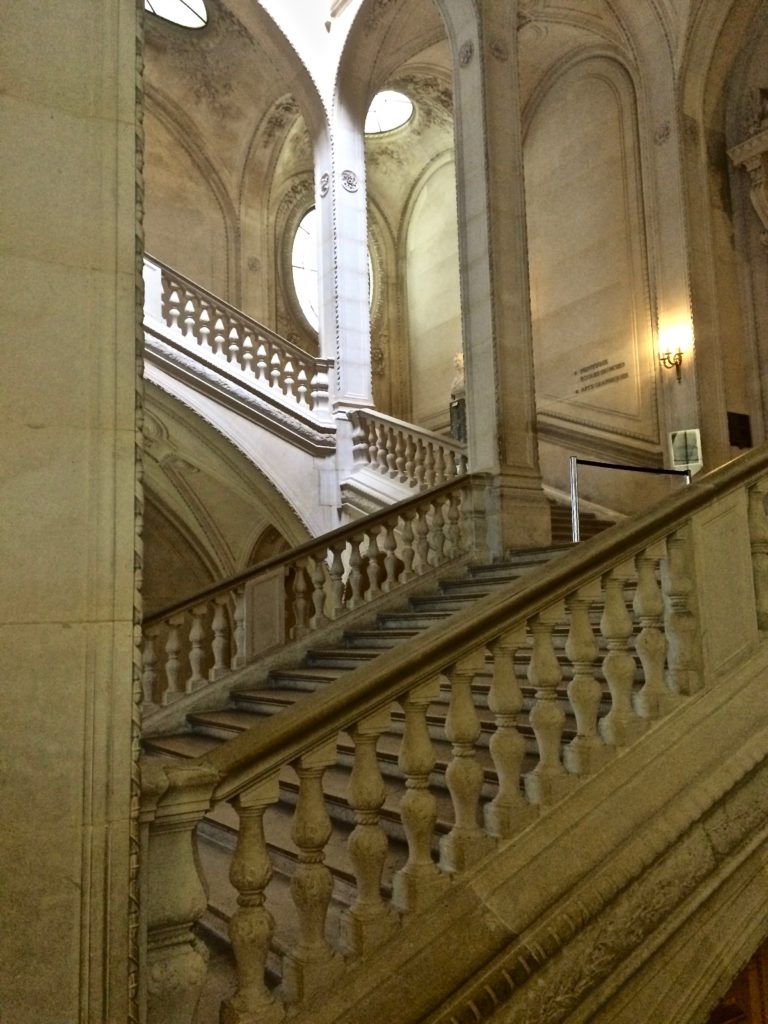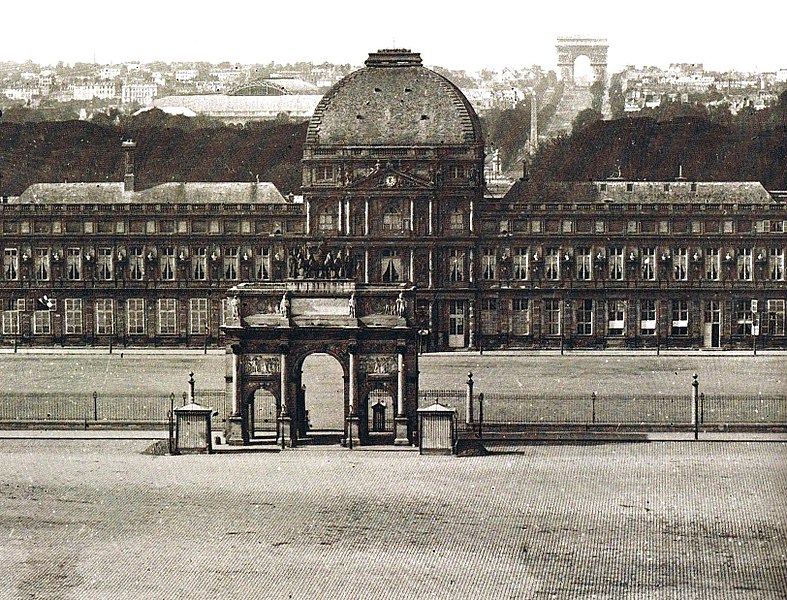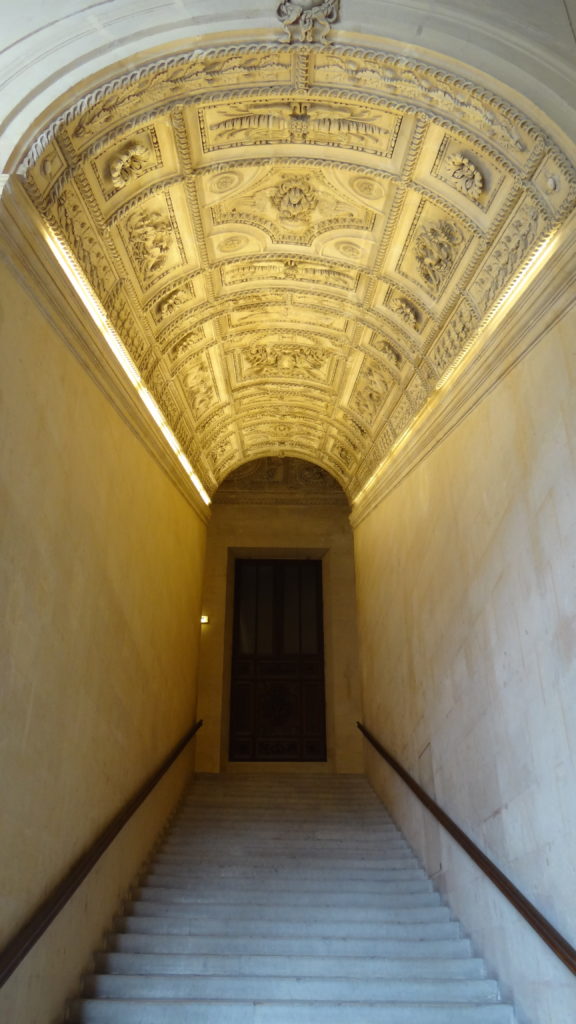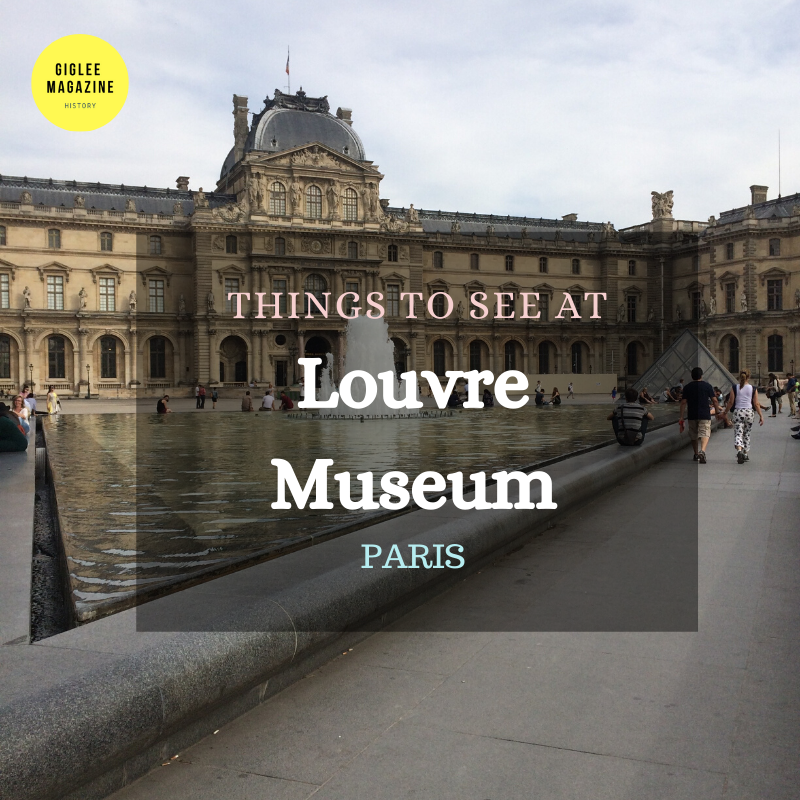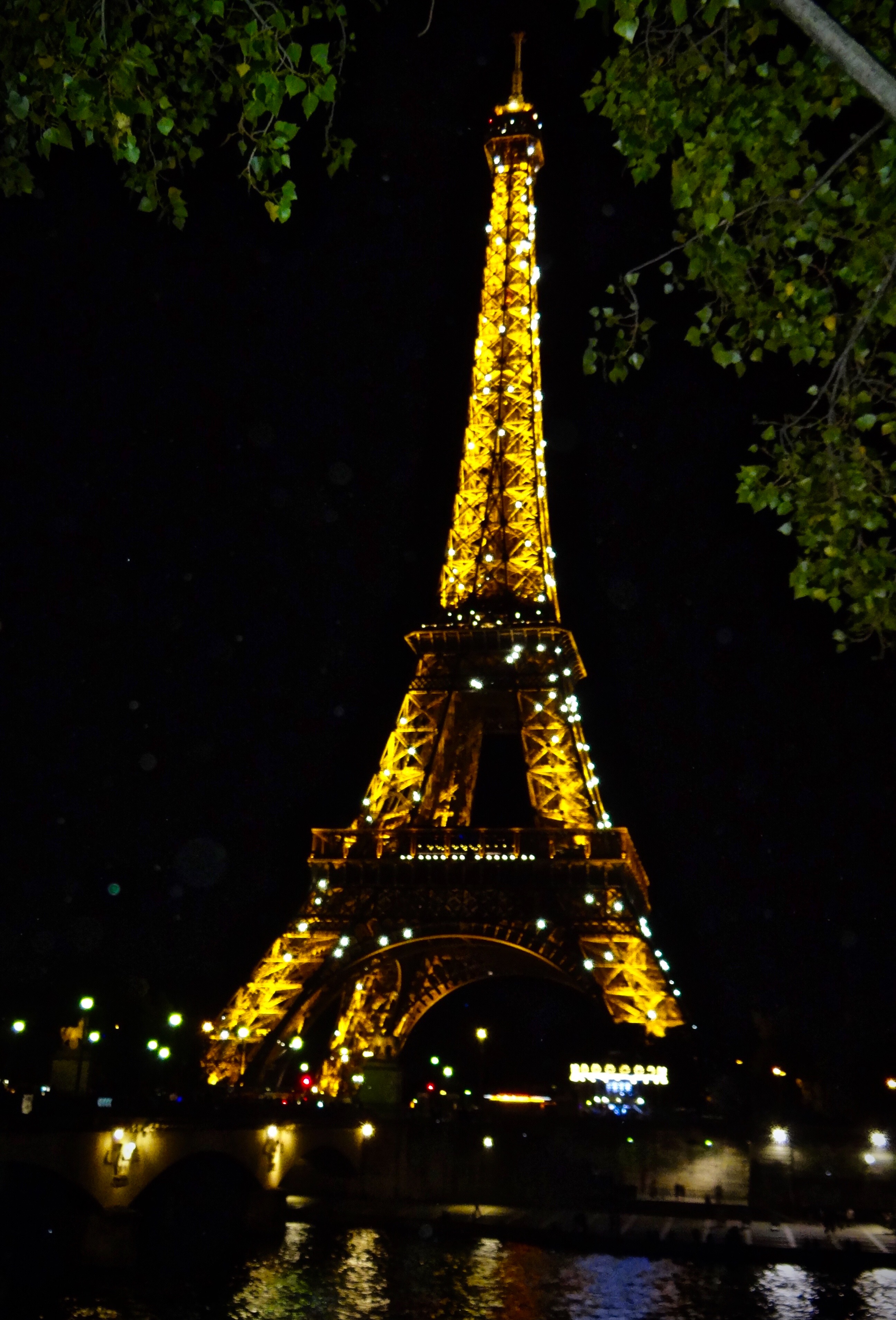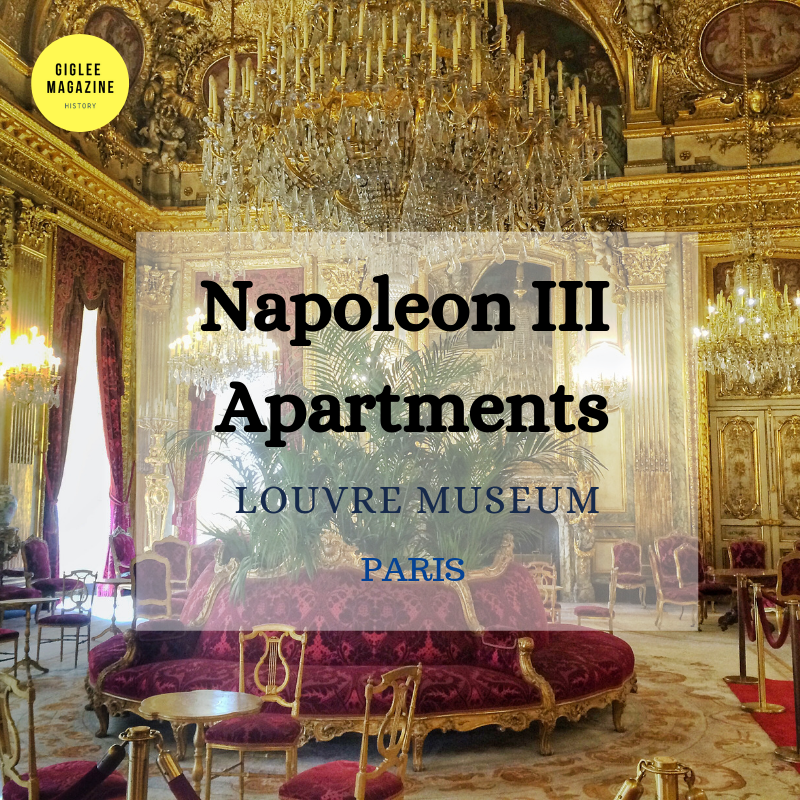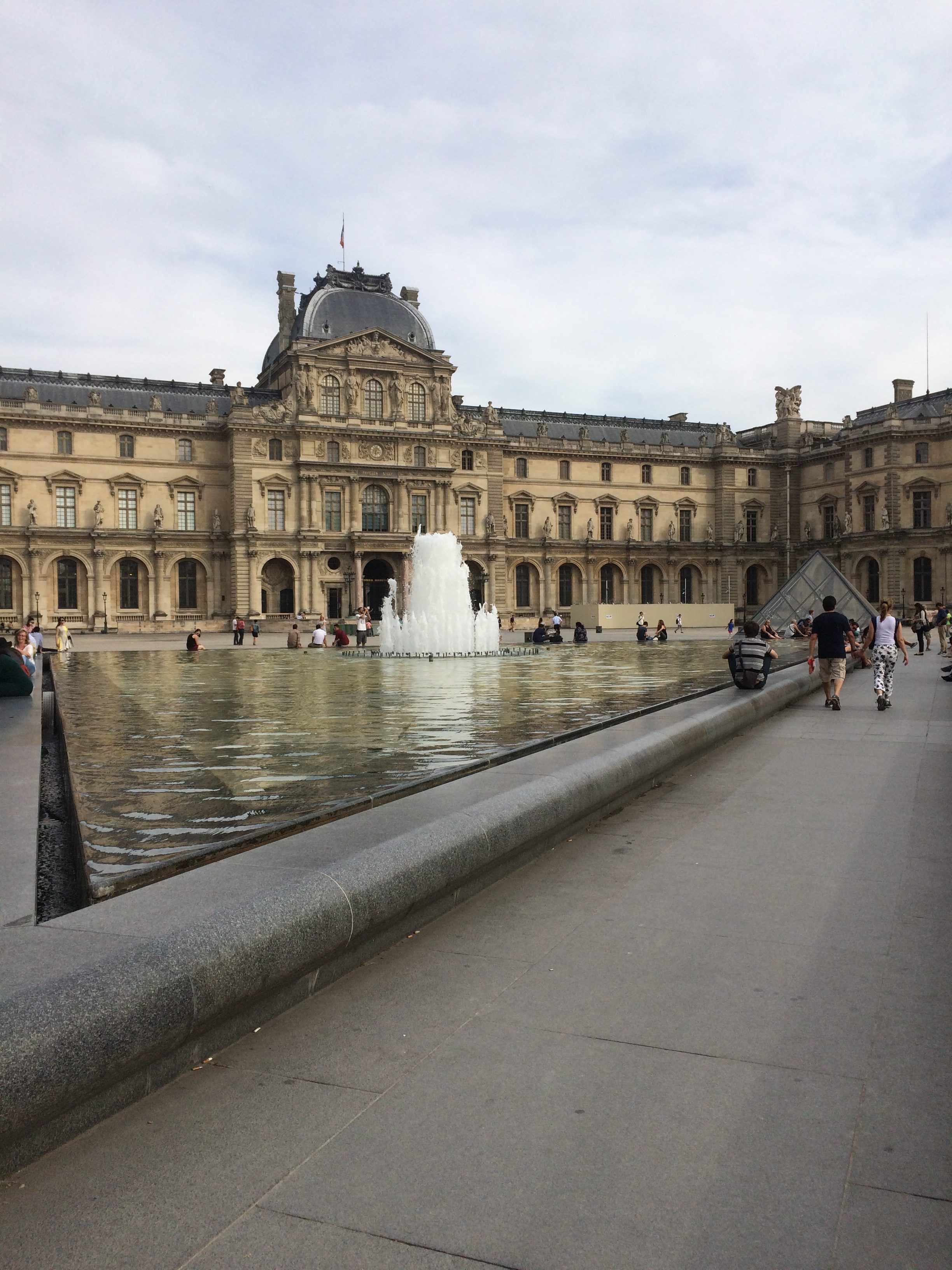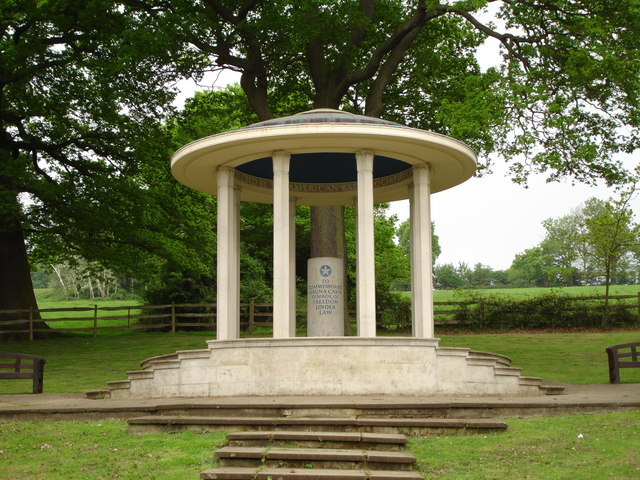
History of the Louvre Palace: Part 2
Forging the Biggest Museum in the World: Musee du Louvre
The next part in the History of the Louvre Palace
I shall be writing this article in a couple of parts. Louvre Palace has got a rather long and complicated history and all of it is fascinating. So I thought it will be better to break this article into a few parts. This is the second one. You can read the first part here. Explore how the Louvre Castle transformed into a Royal Palace.
The Biggest Museum in the world, is what the Louvre is.
Once upon a time, Parisians didn’t travel to the Louvre to adore artefacts. In fact, they never came here. The Louvre Fort was only meant for soldiers to protect Paris. A few centuries later, this fort was no longer a part of Paris. The renaissance had demolished and obliterated the Louvre from history itself.
This week we’ll explore how a fallen fortress turned into a magnificent Royal Chateau and a Museum.
Recap of the First Part
Philippe Auguste had laid the foundations for the Louvre Fort. He wanted this fortress to guard Paris. And guard it did until the ever expanding city of love grew around it.
Soon Louvre Fort was transformed into a Palace of sorts for the King and Queen to live in. Every monarch added their touch to the Palace and brought it up to date.
But this wasn’t enough. I believe Paris and France became the connoisseurs of style after the Renaissance. This Louvre Palace didn’t fit in and was demolished by 1660.
Not a single trace of this old Palace remained so much so that till 1980 nobody knew the foundations of this old Palace were still intact underneath the beautiful city of Paris.
What became of the Fallen Fort after 1660?
As history tells us, the Louvre Palace was not lost and forgotten.
However in the 17th century, France was a part of the 100 years war. During these trying times, the French court found home in the charming Loire Valley amidst beautiful French Palaces.
https://www.instagram.com/p/BpyQhd-nRu_/?utm_source=ig_share_sheet&igshid=1vw8e4yuoi2o2
But the Loire Valley was not a great place to run the nation.
When King Francois I (1515–47) returned home from Spain, he knew what had to be done.
He needed to get his Kingdom back under control. This he would do from Paris, the capital of France.
However there wasn’t a Palace fit for the French court in Paris anymore. It was time for the Louvre Palace to resurrect itself from rubble.
Francois I never saw his wish for rebuilding Louvre come true. His successor, Henry II (1547–59) took the initiative, laying the ground work for what we admire today as one of the finest museums in the world.
Intelligent Plans
Henry II commissioned architect Pierre Lescot. I think Lescot was a very intelligent man. He knew the tremendous pressure he held in his hands. He had to build a Royal Palace fit for the King and his court which would be impressive enough to the foreign ambassadors who’d make it to the King’s court.
Pierre Lescot sought inspiration from around him. He took a look at the other European countries and their architecture.
He must have had a brilliant Eureka moment.
Lescot borrowed primarily from Italy. He sought his basics in the classical Roman architecture and the Italian architecture in vogue at the time. He married these two contrary styles and created his own fusion.
Henry II loved the designs. And it was time for the Louvre to find its spot on the Parisian map again.
https://www.instagram.com/p/BpHKFulH9dB/?utm_source=ig_share_sheet&igshid=1ulaybzvy2ty0
Rising From the Rubble
Work began for the West wing first. This West wing houses the Ceremonial Staircase and the Grand Ballroom. I am not sure why they began with the staircase and the ballroom instead of the Royal Family’s apartments. If you do know, please comment below. I am curious about this.
Next came the South wing. This wing was for the King and his family. The plan here was to build a pavilion overlooking the romantic Seine River, that runs across Paris like a glittering spine.
The interior of this new Palace focused on the Monarch and his divine succession of the throne. It showed the Monarch as a King chosen by the Gods. It is something similar to Louis XIV branding himself as the Sun King all across the Palace of Versailles.
During my research, I found a fact particularly fascinating. Despite having visited the Louvre and the Palace of Versailles I never noticed this difference. The interior decor of the Louvre has always focused on sculptures than the elaborate frescos lining the ceilings. Versailles however, has an incredible collection of frescos cast in the spotlight with statues hidden in its vast gardens.
Maybe this was a hint that the Louvre was indeed meant to be a museum.
—————————
If you are enjoying ‘History of the Louvre Palace’
You might also like to read about the Hall of Mirrors in Versailles Palace
—————————
Expanding the Grandeur
Henry II’s catholic daughter Queen Margot (Margaret of France) married Henry IV, a Protestant in 1572. Leaders from the Protestant faith had gathered for the wedding.
Things were bound to go wrong and ultimately led to the bloody Saint Bartholomew’s Day massacre.
During this upheaval, Henry IV’s mother-in-law Catherine de Medici commissioned another Palace opposite the Louvre. It was to be called the Tuileries Palace.
Henry IV converted to Catholicism and became King. After ascending the throne, he came up with a plan to revamp Paris’ architecture. Naturally the Louvre fell under this scheme along with its sister Palace of Tuileries.
Marrying the Louvre and Tuileries Palaces
These two Palaces were to be joint together with a wing that would run half a kilometre. The upper part of the wing was for the King. The ground floor was for a select few artists the King wanted to favour along with stables, a minting workshop and the royal printworks.
Henry IV and his second wife, Marie de Médicis had elaborately decorated their part of the wing. These lavish decorations have since then been lost to time. How unfortunate:(
After Henry IV’s assassination, Louis XIII ascended the throne. Although his reign was filled with wars, the new King added his own touch to the Palace.
He commissioned the architect Jacques Lemercier.
Joining the Louvre Palace and the Tuileries Palace was a difficult task. The architect had to be further extend and joint the two wings of each palace forming the Cour Carrée (The squarish area formed between the two palaces). The most trying task was to match the interior and exterior of the old wings with the new ones.
Jacques Lemercier doubled the West wing and duplicated it according to the rest of the architecture designed by the original architect Pierre Lescot. To separate the old and the new wings, he designed a pavilion with a dome flanked by caryatids.
The use of caryatids set the tone for new architecture found in the École Militaire in Paris.
Louis XIII left the future of the Louvre Palace in the hands of France’s most famous King, Louis XIV.
https://www.instagram.com/p/Bqh0NybncDh/?utm_source=ig_share_sheet&igshid=1kz6qf37zabli
The Sun King debuts the future of Versailles Palace
In his initial years as King, Louis devoted himself to the Louvre and Tuileries Palace. He resided here as Monarch before his lifelong romance with the Chateau de Versailles.
Louis XIV’s minister Cardinal Mazarin wanted to complete the Louvre Palace once and for all. Unfortunately after his death, the rest of the minsters argued that the old plans done up by Pierre Lescot were now obsolete.
Finally after a lot of meetings, prominent French architects drew up the new plans.
Louis XIV commissioned his trusted architects (who would also designed Versailles Palace) Louis Le Vau and Charles Le Brun. The worked along with the theorist Claude Perrault who was assisted by the architect François d’Orbay.
Charles Le Brun debuted his work depicting Louis XIV as the Sun King for the first time here.
A new Summer Apartment was added in for the Queen Mother with works in stucco by the French sculptor Michel Anguier and frescos by Italian painter Romanelli.
By 1674, the Cour Carrée was still incomplete. It still lacked windows, a floor and a roof.
The focus shifted to the Tuileries Palace. They decided to built Tuileries Palace first so that the Royal Court could be moved to this Palace while the Louvre was under construction.
What happened of the Louvre when Louis XIV Left for Versailles?
When the Sun King left for Versailles, he made the Tuileries Palace the official Royal Residence for the Monarch in Paris. The Louvre Palace however was to be made a centre of artists and intellectuals.
This initial step to make Louvre a hub for revolutionary thinkers was something, according to me, that set the tone for a future museum here. A final leg of the journey.
When did they finally finish constructing the Louvre Palace? How did the Louvre Palace become a museum? Why does the museum have the largest collection in the world? Find out more about the final journey of the Louvre Palace as it turns into a museum adored by museum lovers across the globe, next Friday.
Have you been to the Louvre Museum? Would you have stayed in the Louvre? I for one would have:) Comment your thoughts below
And if you liked reading ‘History of the Louvre Palace: Part 2’ share it with your friends as well
NOTE: The Bibliography for this post is missing. Please help us credit the sources that deserve it. If you believe your work, or a work you know of needs to be cited here, please write to editor@giglee.in to inform us. DISCLAIMER: The intention of this article is not to hurt anyone's sentiments. The thoughts expressed in the article are purely those stated by the author of the work. The information provided on this website may not be complete, reliable, accurate and/or updated. The details you share with the website will not be shared or sold. We are not liable if in case of theft, your data is stolen. The content on this website is provided without any warranties whether express or implied. If you have a doubt, query or complaint please write to editor@giglee.in and we shall respond as soon as possible.




